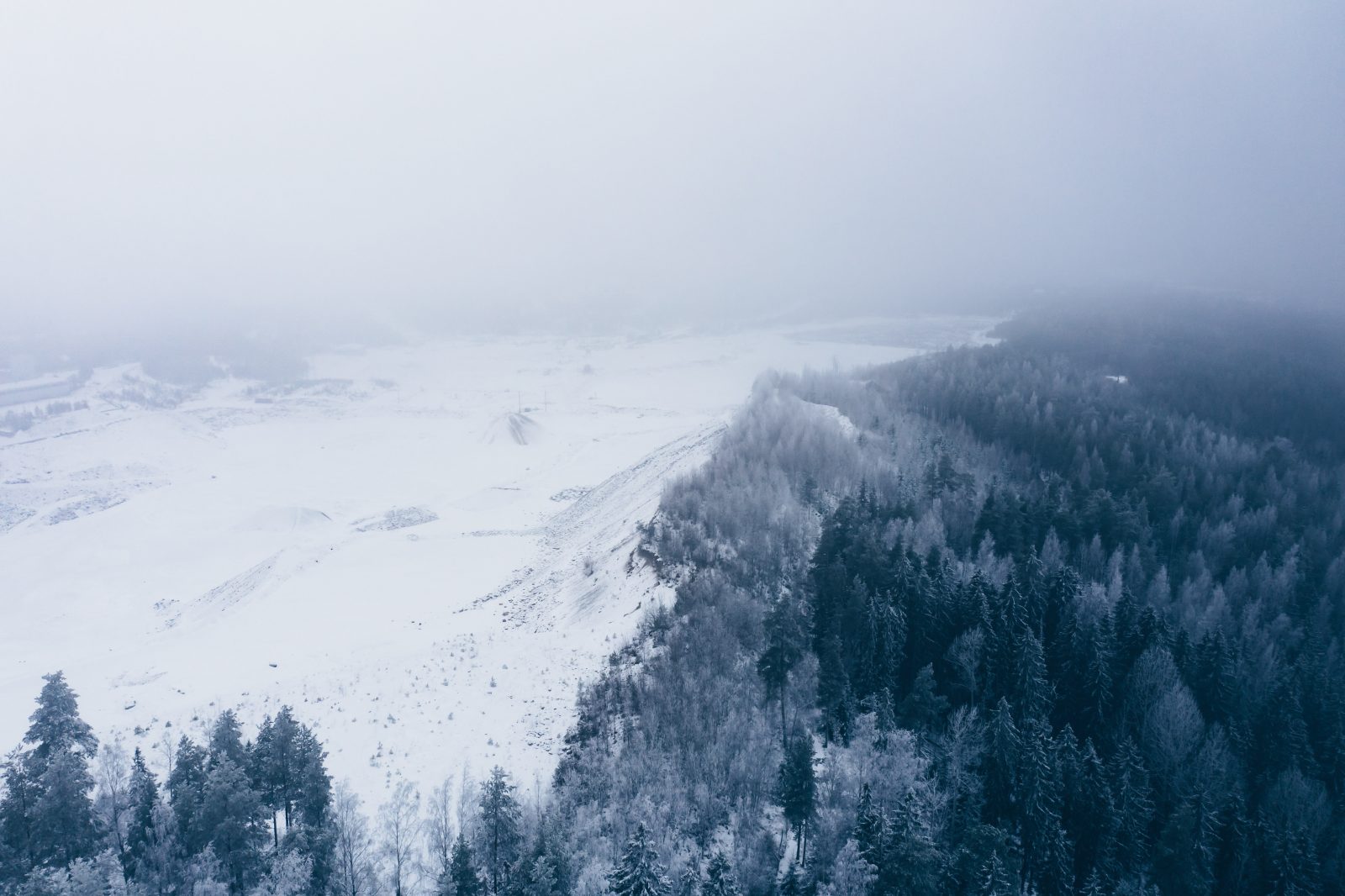Lahti – the 2021 European Green Capital – sits on top of some of Finland’s largest groundwater resources in southern Finland, 100 kilometres from the country’s capital, Helsinki.
Groundwater has dictated the locations where businesses can operate in Lahti in recent years. The city has made areas rich in groundwater off limits to high-risk businesses. Ten petrol stations have been relocated from these areas. The risk that traffic poses to groundwater has been mitigated by rerouting heavy goods vehicles to a new bypass at the end of 2020.
– Finland is known for its rich water resources, and the business sector understands the importance of groundwater protection. World-renowned products of Lahti’s pristine groundwater include Hartwall’s beverages and Viking Malt’s special malts – as well as, of course, drinking water. Many industrial plants have their own groundwater supplies from which they pump groundwater to cool offices and production facilities, explains City Architect Anne Karvinen-Jussilainen.
Lahti is home to 15 groundwater protection zones that supply water to around 14% of the city’s area. Several of Lahti’s groundwater supplies are located in the heart of the city. Groundwater recharge zones are areas where the soil is particularly permeable to water. In these areas, it is important to leave bare as much of the soil as possible or to only use water-permeable materials.
– The city can stipulate, for example, that only sand or other porous materials be used in driveways in groundwater protection zones. There are also restrictions on land use for energy production: ground-source heat pumps, for example, are banned, Karvinen-Jussilainen explains.
-
Anne Karvinen-Jussilainen
